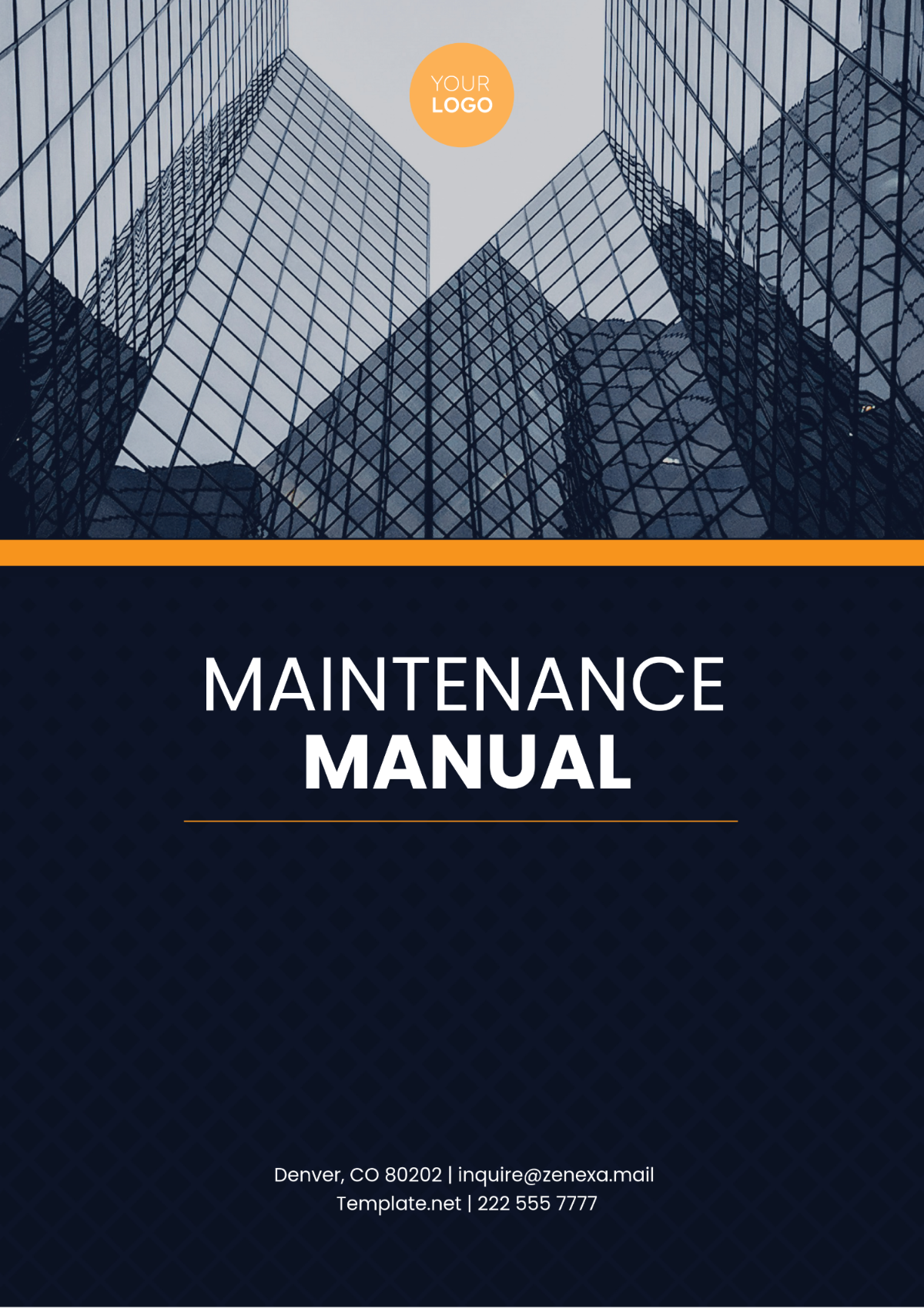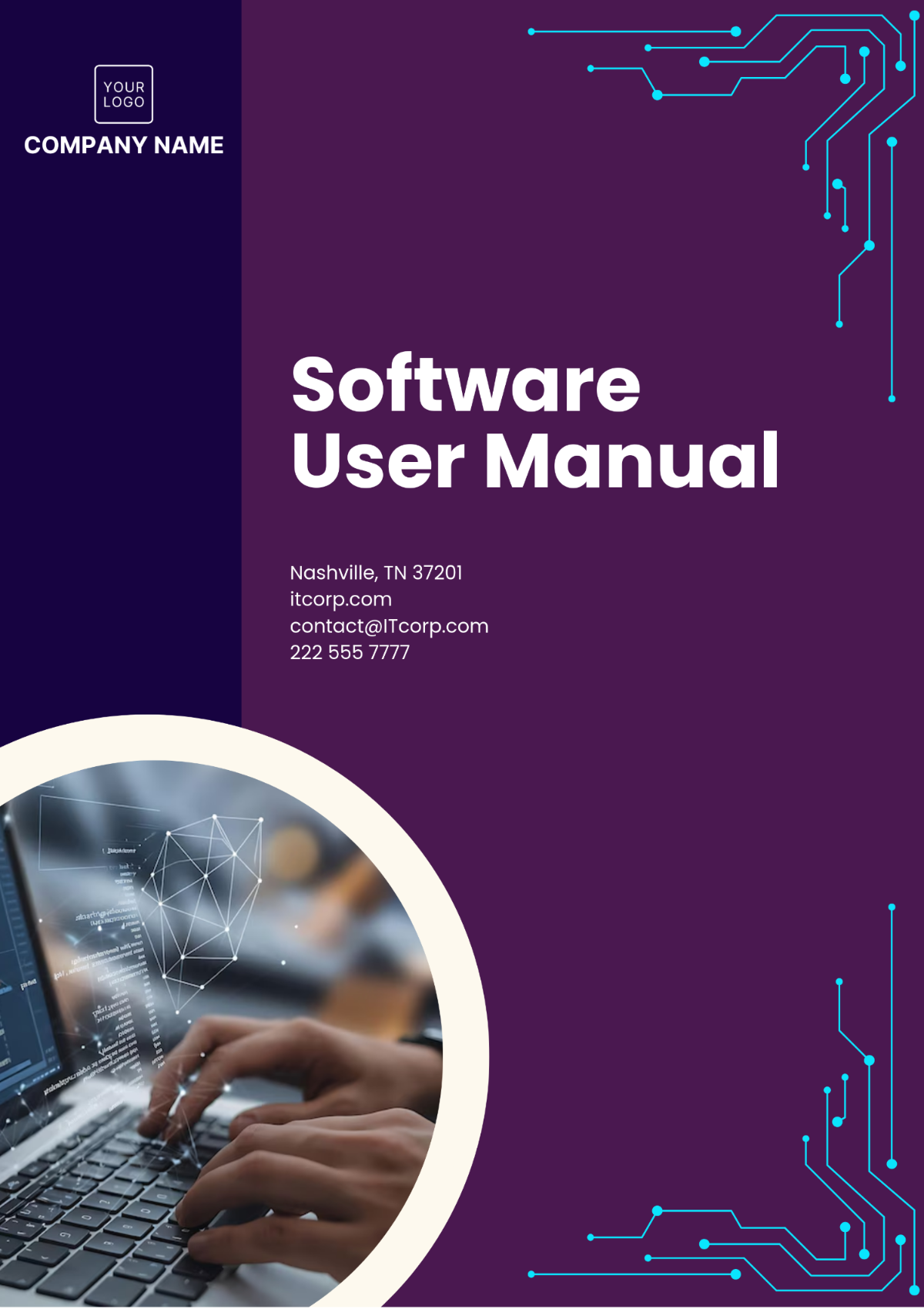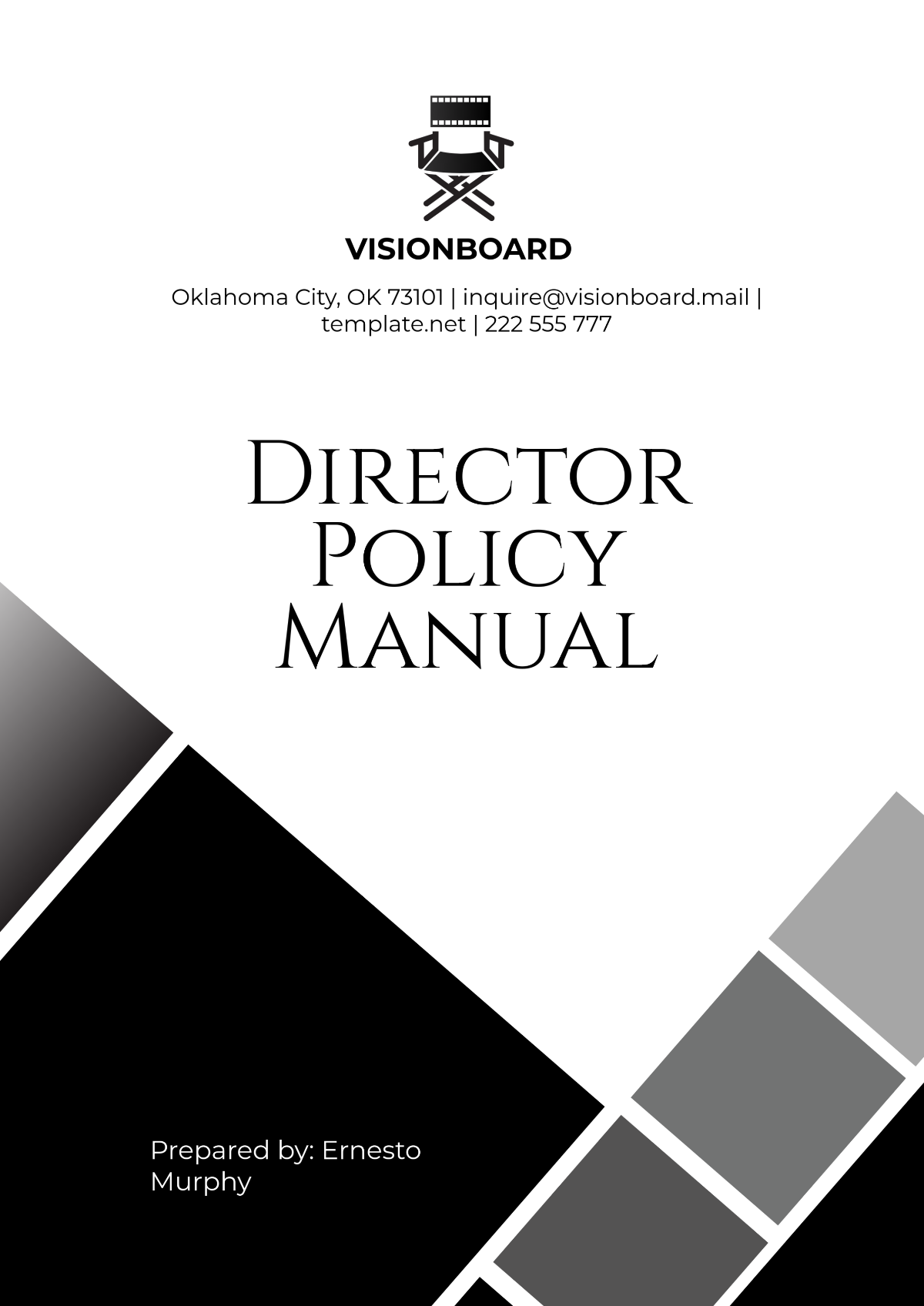Bakery Customer Service Manual
I. Introduction
At [Your Company Name], we pride ourselves on delivering exceptional service and creating a delightful experience for every customer who walks through our doors. This manual is designed to ensure that our customer service standards are consistently met and exceeded. Whether you are a new employee or a seasoned staff member, this guide will provide you with the knowledge and tools necessary to offer outstanding service and maintain the high standards that our bakery is known for.
Our commitment to customer satisfaction is at the core of our operations. From the moment a customer enters our bakery, they should feel valued and welcomed. This manual covers everything from effective communication and problem resolution to maintaining a clean and organized environment. By adhering to these guidelines, you contribute to a positive atmosphere that enhances the overall customer experience. At [Your Company Name], we believe that exceptional service is not just a goal but a daily practice. Your role is vital in upholding these standards and ensuring that each customer leaves with a smile.
II. Customer Service Guidelines
Providing excellent customer service is essential to creating a positive experience for our patrons at [Your Company Name]. This section outlines key guidelines for greeting customers, understanding their needs, and handling complaints. Following these protocols ensures that every customer interaction is handled professionally and respectfully, contributing to a welcoming environment and fostering customer loyalty. By adhering to these guidelines, you help maintain our bakery’s reputation for outstanding service and create a memorable experience that encourages repeat visits.
A. Greeting Customers
Properly greeting customers sets the tone for their visit. It’s crucial to use a warm smile and polite language to make a positive first impression and ensure they feel valued.
Always greet customers with a warm and friendly smile.
Use polite and respectful language such as "Good morning/afternoon," "How can I help you today?"
Acknowledge all customers as soon as they enter the bakery, even if you are already assisting someone else.
B. Understanding Customer Needs
Attentively listening to customers and asking clarifying questions helps in accurately understanding their needs. Providing thoughtful recommendations can enhance their experience, especially if they are uncertain about their choices.
Listen attentively to the customer's requests and concerns.
Ask clarifying questions if necessary to ensure you understand their needs.
Provide recommendations and suggestions if the customer seems unsure.
C. Handling Complaints
Handling complaints effectively requires remaining calm and empathetic. Listening to the customer's concerns, offering a sincere apology, and resolving the issue promptly are key to maintaining customer satisfaction and trust.
Remain calm and composed when a customer has a complaint.
Listen carefully to the customer's issue without interrupting.
Apologize sincerely for any inconvenience caused.
Resolve the issue promptly or escalate it to a manager if necessary.
Follow up to ensure the customer's satisfaction after resolving their complaint.
III. Product Knowledge
A comprehensive understanding of our bakery products is essential for delivering exceptional customer service. At [Your Company Name], our staff should be well-versed in the details of our offerings to provide accurate information and recommendations to our customers. This section will guide you through the key aspects of our product knowledge requirements, including ingredients, dietary considerations, and product origins.
A. Understanding Ingredients
It is crucial to be familiar with the ingredients used in our bakery products. This knowledge allows you to answer customer questions about the contents of our items and address any dietary restrictions or allergies. Here are some key points to cover:
Common Ingredients: Know the standard ingredients used in our baked goods, such as flour, sugar, eggs, and butter. Be able to explain the role of each ingredient in the product.
Special Ingredients: Understand the use of specialty ingredients like organic or gluten-free alternatives, and how they impact the flavor and texture of the product.
Ingredient Sourcing: Be aware of where we source our ingredients and any relevant information about their quality or origin.
B. Dietary Considerations
Understanding dietary restrictions and preferences is important for accommodating all customers. Be prepared to provide information on:
Allergen Information: Know which products contain common allergens such as nuts, dairy, or soy, and be able to suggest suitable alternatives.
Special Diets: Be familiar with options for various dietary needs, such as gluten-free, vegan, or low-sugar products, and understand how these options differ from our standard offerings.
Nutritional Information: Have a basic understanding of the nutritional content of our products to assist customers who are looking to make healthier choices.
C. Product Origins
Being knowledgeable about the origins of our products helps in building credibility with customers. This includes:
Product History: Familiarize yourself with the history and background of our signature items, including any traditional recipes or unique methods used in their preparation.
Local vs. Imported: Understand which products are locally sourced versus those that are imported, and be able to explain the benefits or reasons for these choices.
Seasonal Items: Know about the availability and timing of seasonal products, including any special ingredients or themes associated with them.
You can guarantee that you can give our consumers accurate, beneficial, and interesting information, improving their overall experience at [Your Company Name], by becoming an expert in these areas of product expertise.
IV. Sales Transactions
Effectively handling sales transactions is a key aspect of providing excellent customer service at [Your Company Name]. Mastery of the sales process ensures that customers have a seamless and positive experience when purchasing our products. This section delves into the various steps and best practices for managing sales transactions, from the initial customer interaction to the final receipt.
The following table outlines the essential guidelines for conducting sales transactions efficiently and professionally. Each step is designed to ensure accuracy, foster customer satisfaction, and maintain the integrity of our financial records. Familiarize yourself with these procedures to ensure every transaction is completed smoothly and to the highest standards.
Step | Action | Details |
|---|---|---|
| Warmly greet the customer | Use a friendly smile and a polite greeting such as "Good morning/afternoon, how can I assist you today?" |
| Accurately take the customer's order | Confirm the items and quantities requested, and ask any clarifying questions if necessary |
| Repeat the order back to the customer | Ensure accuracy by repeating the order and confirming any special requests or modifications |
| Accept payment through various methods | Be familiar with cash, credit/debit cards, mobile payments, and any other accepted payment methods |
| Print and hand over the receipt to the customer | Make sure the receipt is correct and offer it to the customer along with a thank you |
| Neatly package the customer's items | Use appropriate packaging materials and ensure the items are securely packed |
| Thank the customer and invite them to return | Express gratitude for their business and invite them to come back again |
| Address any transaction-related issues calmly | If any problems arise during the transaction, resolve them promptly or seek assistance from a manager if needed |
V. Closing Procedures
Closing procedures are crucial for maintaining the cleanliness, security, and overall organization of [Your Company Name] at the end of each day. Properly executing these tasks ensures that our bakery is ready for the next business day and that all health, safety, and security standards are upheld. This section outlines the essential steps for end-of-day cleaning and security measures.
A. End-of-Day Cleaning
Maintaining a clean environment is essential for health and safety. End-of-day cleaning involves thoroughly cleaning all surfaces, properly storing leftover products, and ensuring trash is disposed of and bins are sanitized.
Ensure all surfaces are cleaned thoroughly, including counters, display cases, and equipment.
Properly store all leftover products according to health and safety regulations.
Dispose of any trash and sanitize trash bins.
B. Security Measures
Security is a top priority at closing time. Ensure all entry points are locked, set the alarm system, and securely handle cash deposits.
Ensure all doors and windows are securely locked at closing.
Set the alarm system as per protocol.
Secure cash deposits in the safe and complete necessary end-of-day financial documentation.
Thank you for being an integral part of [Your Company Name]. Your dedication to providing excellent customer service is greatly valued and appreciated.

















































